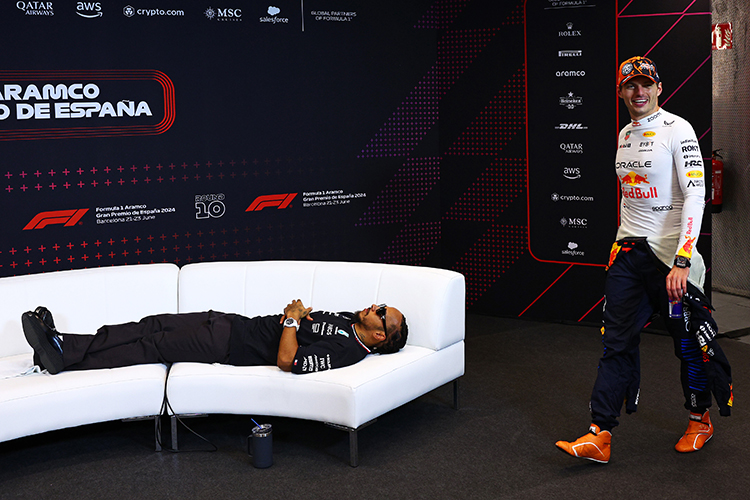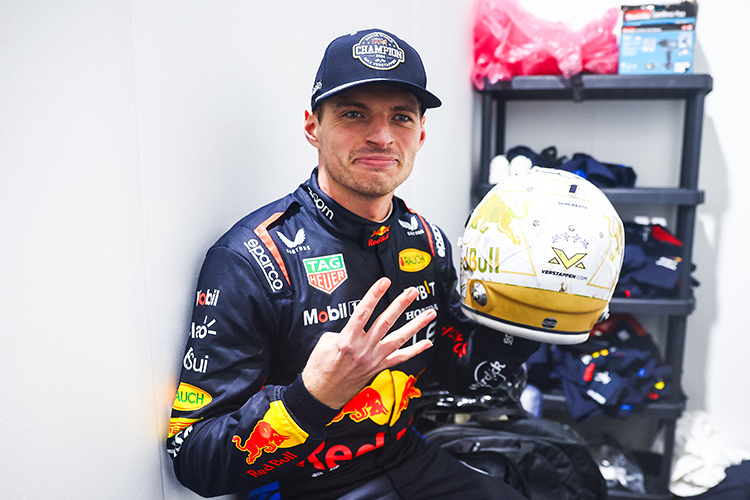Dancing in the Rain: How F1 Teams Prepare for Wet Race Strategy

Formula 1 World Champions: A legacy of racing legends
How do teams prepare for the possibility of a wet race in terms of strategy?
Explore how Formula 1 teams prepare for wet race conditions with advanced strategies, from tire choices to car setups and weather forecasting.
The Thrill and Challenge of Wet Conditions
In Formula 1, wet races bring an added layer of excitement and unpredictability. Often referred to as the "great equalizer," rain can disrupt the established order, test the limits of driver skill, and create dramatic race outcomes. To succeed, teams must adopt meticulous preparation and flexible strategies tailored to these conditions.
The Crucial Role of Meteorologists
Each F1 team employs meteorologists to provide accurate, real-time weather forecasts. These experts predict rain dynamics, including start times, intensity, and duration. Armed with this information, teams make informed decisions about car setups, tire choices, and pit stop strategies.
Car Setup Adjustments for Wet Weather
Increased Downforce
Grip is vital in wet conditions. Teams adjust aerodynamics to increase downforce, enhancing traction and stability on slippery tracks.
Suspension Settings
Softer suspension setups improve tire contact with the track, ensuring better control and responsiveness in low-grip scenarios.
Cooling Considerations
Wet weather reduces the need for aggressive cooling setups. Slower speeds and cooler temperatures naturally manage engine and brake temperatures.
Tire Strategy: The Key to Success
Intermediate vs. Wet Tires
F1 teams have two rain-specific tire options:
- Intermediate Tires: Ideal for light rain or drying conditions, offering moderate water dispersion and grip.
- Wet Tires: Designed for heavy rain, these tires displace large amounts of water to prevent aquaplaning.
Tire Management
In wet races, tire performance hinges on managing wear and maintaining consistent grip as track conditions evolve.
Pit Stop Strategy in Rain
Flexible Adjustments
Rain requires teams to adopt adaptable pit stop strategies. Decisions may include switching between intermediates and wets or adjusting fuel loads for varying pit stop frequencies.
Timing Challenges
Timing is critical. Teams must decide whether to pit early to switch tires or gamble on staying out longer, anticipating improved track conditions.
Driver Preparation for Wet Races
Simulator Practice
Drivers spend hours in simulators practicing on wet tracks. This training helps them adapt to low-grip conditions and refine strategies.
Real-Time Communication
Clear communication between drivers and pit crews is crucial. Drivers provide feedback on visibility, grip levels, and tire performance, enabling teams to make strategic adjustments on the fly.
Examples of Wet Race Strategies in Action
2020 Turkish Grand Prix
In Istanbul Park's challenging conditions, Lance Stroll secured pole position for Racing Point using intermediates effectively. The race saw constant strategy shifts, with Lewis Hamilton claiming victory by mastering tire management and wet track navigation.
2021 Belgian Grand Prix
Persistent rain at Spa-Francorchamps forced teams to rely heavily on wet tires and communication strategies. Red Bull’s tactical decisions helped Max Verstappen secure victory in a race curtailed by extreme weather.
Conclusion
Wet races in Formula 1 are a testament to the sport's complexity and unpredictability. Success hinges on accurate weather forecasts, adaptive car setups, and dynamic tire strategies. Teams and drivers must navigate evolving conditions with precision and skill, making every wet race a thrilling spectacle for fans worldwide.
Up Next


